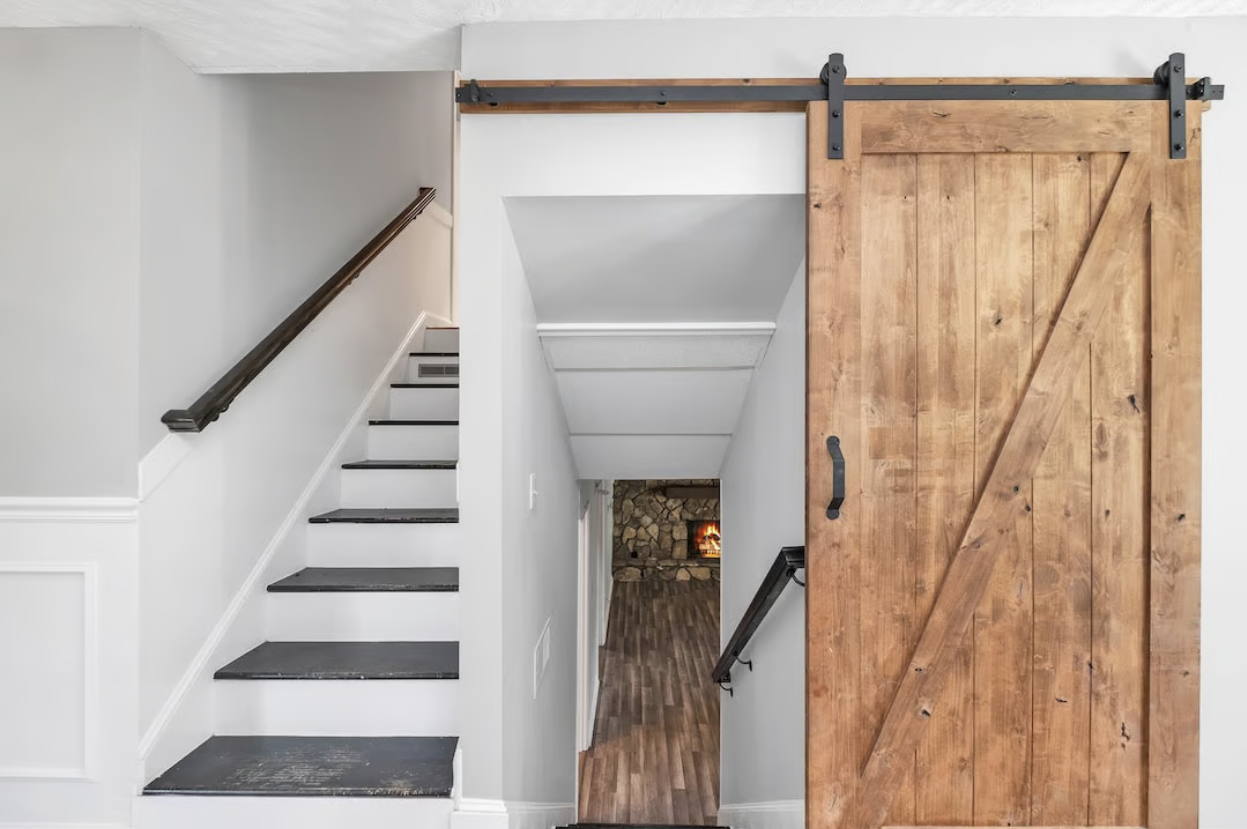How Shims Can Make or Break Your Home Improvement Projects
When tackling a home improvement project, from installing doors to leveling cabinets, precision is key. Enter shims—those small wedges that can mean the difference between a flawless task and a crooked one. These tapered pieces may not grab headlines, but their role in ensuring stability is crucial. Whether you're a seasoned DIY enthusiast or a novice, understanding how shims can enhance your projects might just be the secret weapon you need. Join us as we explore how shims can make or break your home improvement efforts.
Choose the Right Material for Your Shims
Shims come in a variety of materials, each designed for specific purposes and environments. For instance, wooden shims are commonly used for interior applications such as door and window installations, where they provide sturdy yet malleable support. However, they may not be ideal for exterior uses due to their susceptibility to moisture and warping over time.
Plastic or composite shims resist moisture, making them ideal for outdoor projects or humid areas. Metal shims are preferred for added strength and durability in structural adjustments. It's imperative to find the perfect fit for your project by considering the environmental conditions and the demands of the specific task. Selecting an appropriate shim material can prevent future adjustments or repairs, ensuring a long-lasting and stable outcome.
Precision is Key: Using Shims for Alignment
Perfect alignment is crucial for any home improvement project, and shims are indispensable for precision. When installing doors, windows, or cabinetry, slight misalignment can cause issues like improper closing or uneven surfaces. Shims enable fine adjustments to align these structures perfectly. Measure gaps accurately and cut shims to size to prevent tilting or imbalance.
As you position the shims, periodically check the alignment with a level to ensure everything is in place. If you need more shims, stack them carefully to maintain spacing. This careful approach helps avoid issues like drafts in windows or creaking doors from misalignment. With shims, precision is not just possible but manageable, providing a solid foundation for a lasting project.
Don't Overdo It: Using Shims Sparingly
While it's tempting to use as many shims as possible for added support, it's important to exercise moderation. Overusing shims can lead to uneven weight distribution and cause more harm than good. The goal is to create a level surface, not build a tower of shims.
Using too many shims can also put unnecessary strain on the structure, leading to potential issues down the road. It's best to start with one or two shims and gradually add more as needed while continuously checking for alignment and stability. A little goes a long way when it comes to using shims effectively.
Be Mindful of Load Bearing Areas
When using shims, it's crucial to consider the weight and pressure that will be placed on the structure. For instance, when installing heavy cabinets or doors, load-bearing areas such as hinges or frames require special attention. If these areas are not adequately supported with shims, the added weight could cause sagging or warping over time.
Before starting a project, plan out the load-bearing points and ensure adequate support is provided with shims. Heavy-duty shims may also be helpful in these areas for added stability. Ignoring this aspect can lead to costly repairs or replacements down the line, making shimming an essential step in maintaining structural integrity.
Avoid Common Mistakes: Tips for Using Shims
While shimming may seem straightforward, it's easy to make mistakes that can affect the outcome of your project. Here are some tips to keep in mind when using shims:
Always measure and cut shims accurately.
Use a level frequently to check alignment.
Stack shims carefully to prevent tilting or imbalance.
Be mindful of load-bearing areas and provide adequate support.
With these tips, you can avoid common errors and achieve optimal results with shims. Remember, precision is key, and using shims correctly can be the difference between a successful home improvement project and a frustrating one.
Get Creative: Using Shims Beyond Their Traditional Role
While shimming is primarily associated with structural support and alignment, it can also be employed in various creative ways. For instance, using shims as spacers between tiles during flooring installations can help achieve a uniform look and prevent movement over time. They can also be used as wedges for leveling furniture on uneven floors or stabilizing wobbly tables.
Moreover, shims can be decorative, adding texture and depth to surfaces. Painting or staining them creates unique designs on walls or furniture. They're also great for crafting, providing sturdy support for shelves or bookcases. The possibilities are endless—get creative with shims beyond their traditional use.
Shims are vital in home improvement, offering DIY enthusiasts the flexibility for precision and stability. Their ability to fine-tune adjustments and versatility in various tasks makes them invaluable. Whether aligning cabinetry or stabilizing furniture, using shims effectively enhances the quality and durability of your work. By recognizing their importance and applying them wisely, shims can transform your home improvement projects into professional-quality results.







